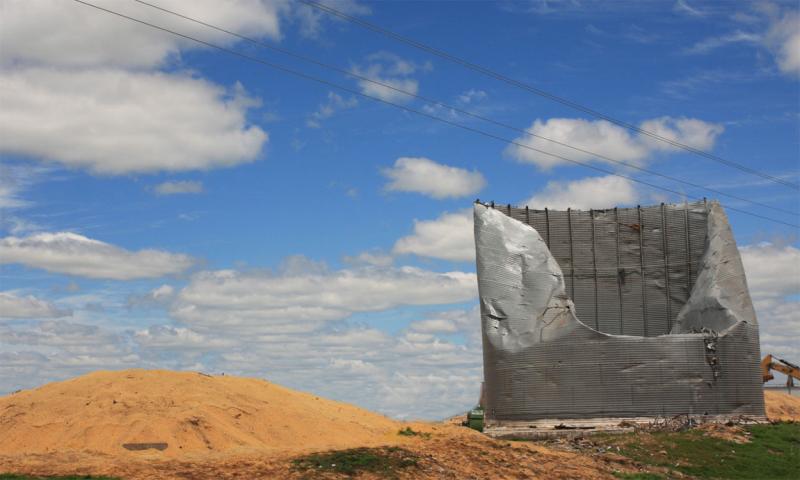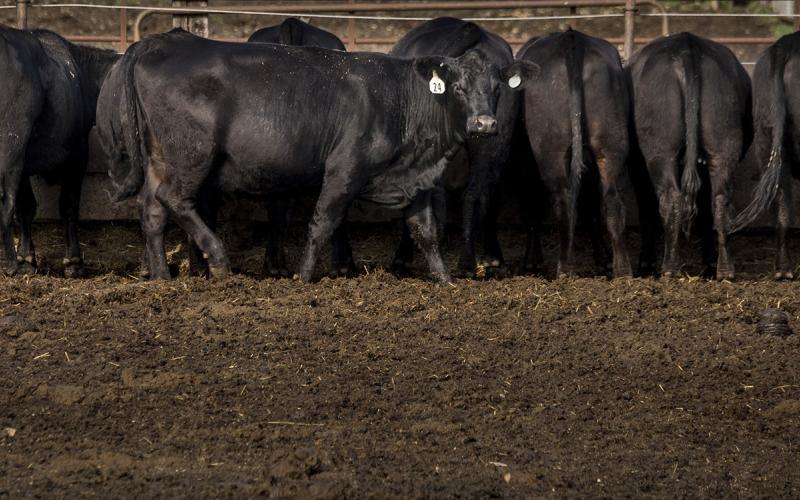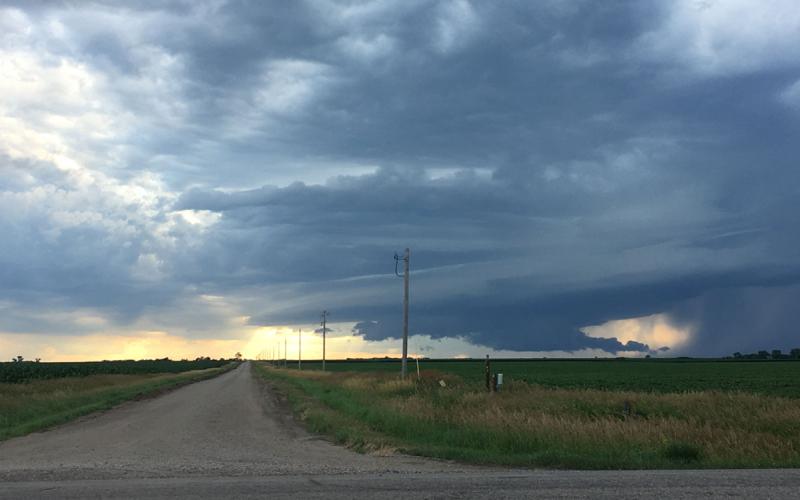
The windstorm that hit South Dakota on May 12, 2022 left an extensive damage in its wake, including damage to grain bin structures. Taking prompt action can help minimize value loss in stored grain.
Safety first.
Before beginning any salvage or clean-up operations, managers need to be certain that is safe to do so. Check carefully for any structural damage that could increase risk of bodily injury. Check to make certain that there are no live electrical circuits that could pose an electrocution risk.
Be mindful of foreign material.
With the amount of damage to structures, equipment and trees that occurred, it is anyone’s guess what else might be a pile that is supposed to just be corn, soybeans or wheat. Some feed handling equipment are equipped with magnets, but additional screening might be necessary.
Check with insurance carriers.
As with most issues related to storm damages, checking with insurance carriers and adjustors needs to be one of the initial stages of the process. At the very least, document what damages occurred, retain any laboratory or moisture test results and record what was done to preserve grain value.
Move sound grain to alternative markets or storage.
Much of the grain will be fine, provided it has not been wet. Moving that grain as quickly as possible to another bin site or to market will prevent any additional value loss.
"Much of the grain will be fine, provided it has not been wet. Moving that grain as quickly as possible to another bin site or to market will prevent any additional value loss."
What to do with grain that has become wet?
Some of the grain in damaged structures may have gotten wet because of the rain associated with the storm. Risk of additional damage increases depending on when the next rainfall event occurs. Heat damage and mold growth can occur quickly, so time is critically important. There are options that could be employed, depending on the situation and the moisture content of the grain.
- Blend it off.
This might be the best solution if the proportion of the total bin that was exposed to moisture is small. If the moisture content of the final mix is less than safe storage limits, there may not be any additional steps required, although checking for hot spots and/or running aeration fans would be prudent. - Drying grain.
If the grain cannot be blended, artificial or natural-air drying is another option and likely the best one if feeding to livestock quickly is not feasible. This is likely not an option for excessively wet (soaked) grain. - Incorporating into livestock diets.
- Wetter corn incorporated into cattle diets can work well. Keep in mind that wet grain will heat quickly, reducing feed quality and increasing the risk of mold and mycotoxins. For this reason, feeds must be fed quickly to use this option if airtight storage is not available. Finding larger-scaled feedlots is an option because of their ability to use more feed per day.
- This option is less feasible for soybeans or other grains. Soybeans should be fed at less than 7% of the diet dry matter for growing calves and 5% for finishing cattle. Because of these limits, feeding whole, wet soybeans would be impractical except under limited circumstances. Feeding damaged wheat is more feasible; for more information please view Feeding Damaged Wheat to Cattle.
- Ensiling wet grain. Wet grain can be stored in bunkers or bags to be fed at a later date. Grain needs to be between 25% to 35% moisture for proper fermentation and must be packed and covered to preserve value.

